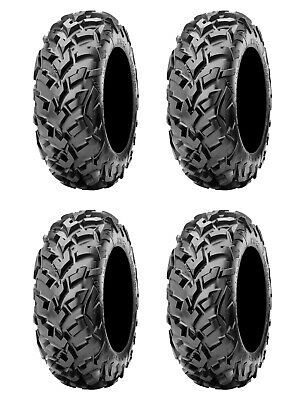Most ATV owners will experience a flat tire at some point, typically caused by a sharp rock, dry stick, or a rusty old nail behind the barn. While string plug kits offer a convenient way of fixing a tire leak on the go, it is not considered a permanent solution.
So how do you properly patch an ATV tire? To do so, you need to dismount the tire and install the patch from the inside. While installing an internal patch plug can save a tire that otherwise would be destined for the junkyard, it is not something you can do on the trail or out in the woods. You’ll need a handful of tools and about 15-30 minutes of your time.
Please note that not all types of ATV tire leaks and punctures can be repaired with a patch. Please refer to this post to make sure patching is the best alternative to fix your leaking tire.
With this guide and a few budget-friendly tools, you’ll be able to patch your ATV tire properly at home.
Things You’ll Need:
Tools required to patch a tire. In addition, you’ll need tools to dismount the tire.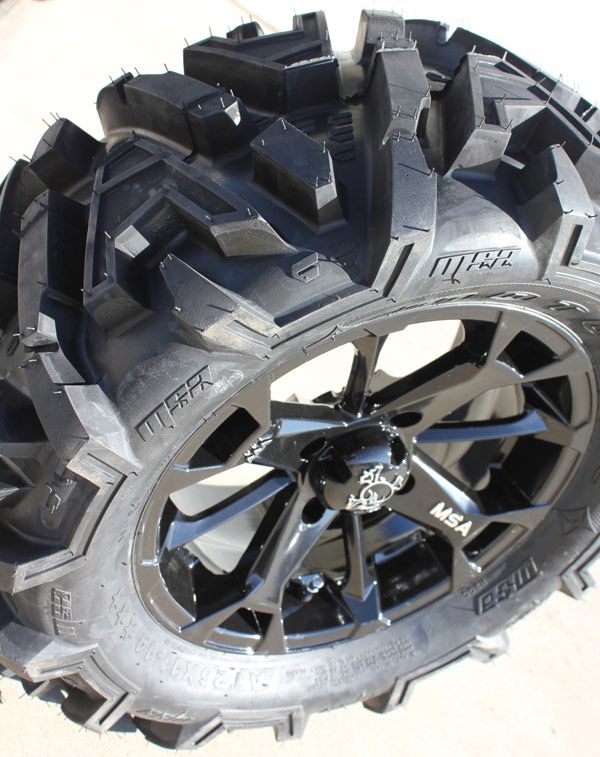
Spray some soapy water to identify the precise location of the leak. You will notice tiny air bubbles appearing where the leak is located. Use a marker to mark the leak for future reference.
When installing a patch plug, you need to prepare the hole, so the plug part of the patch fits and seats properly.
To do so, you’ll need a spear-shaped rasp, like the one that comes with string plug kits, or a drill-bit rasp to use with a drill.
Poke the drill bit once all the way in and out while running the drill, or move the manual rasp in and out several times until the hole is circular.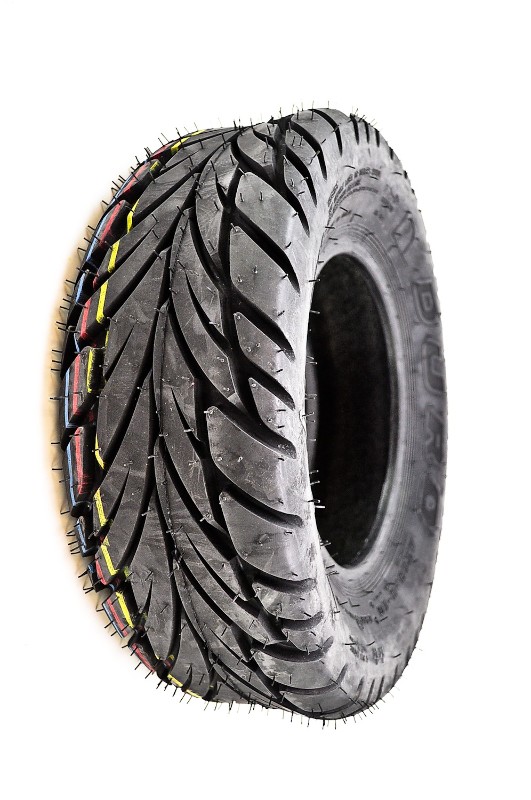
To access the inside of the tire, you’ll need to remove it from the rim. To do so, you first need to deflate the tire completely.
Your best option is to use a valve stem core removal tool to remove the valve stem core from the tire valve. This method will deflate the tire in seconds. Valve stem core removal tools come in a wide variety of shapes, and you can pick one up for cheap at most auto supply stores or on Amazon for a few dollars.
Deflate the tire using a valve stem core removal tool.If you don’t have such a tool but have a pair of needle-nose pliers that will fit inside the tire valve, you can use it to unscrew the valve.
As a last resort, you can use a small object to depress the needle in the valve stem core manually. While this will take some time, it will do the job when in a pinch.
This step is typically the one that concerns most people.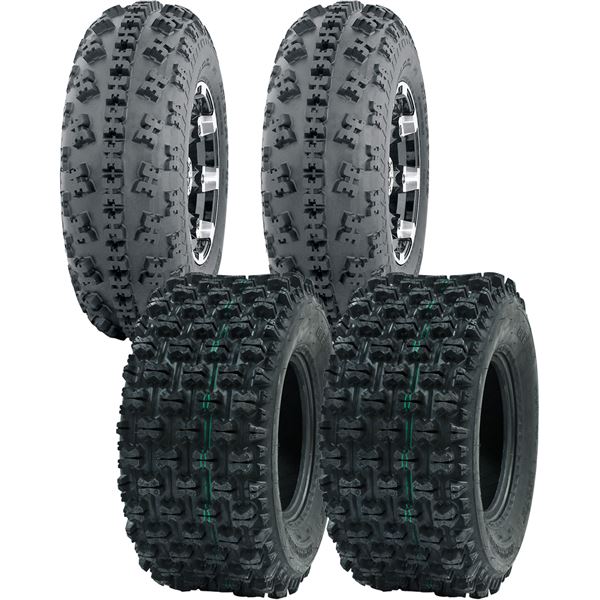 While it does require some knowledge and caution, it’s well within what most home mechanics can achieve.
While it does require some knowledge and caution, it’s well within what most home mechanics can achieve.
I prefer using my portable tire changer as it’s an affordable yet effective way of breaking almost any tire bead at home.
Break the tire bead using a bead-breaking tool.Place the tire so that the tool sits on the tire edge, as close to the rim as possible. Apply some soapy water as this will help the tire to slide over the bead of the rim.
Press the handle until the tire slides over the tire bead. You may need to reposition the tool several times to break the bead completely.
If the tool slides down the tire’s sidewall, stop pressing and reposition it up by the rim. Pushing the tool too hard into the sidewall can cause damage as it’s the weakest part of the tire.
If you don’t want to spend money on a bead-breaking tool, consider making a simple DIY tool like the one I made before purchasing a dedicated tool. It only costs a couple of dollars in materials and a few minutes of your time.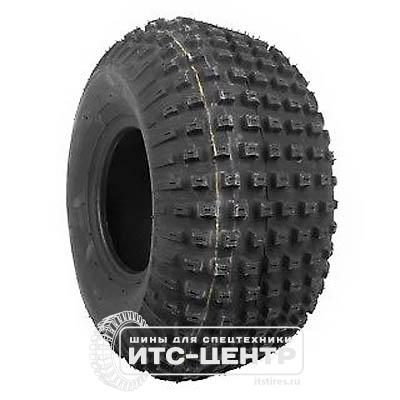
Here are some other alternative methods of breaking the tire bead for home mechanics to consider.
Use your tire changing tool or a couple of tire irons to remove the tire from the rim.
Use two tire irons to dismount the tire. Begin with one iron, then insert the other. Work your way around the tire until it pops over the rim.Again, start by using one tire iron, and use the other to complete the job.Dry up any remaining soapy water from the inside of the tire using a rag. Use your marker to mark around the puncture before removing the protruding object to keep track of your leak. Use some pliers to remove the object causing the leak from the tire.
While most instructions say that you should clean the area around the leak with a pre-buff-cleaner product, it’s not a mandatory step.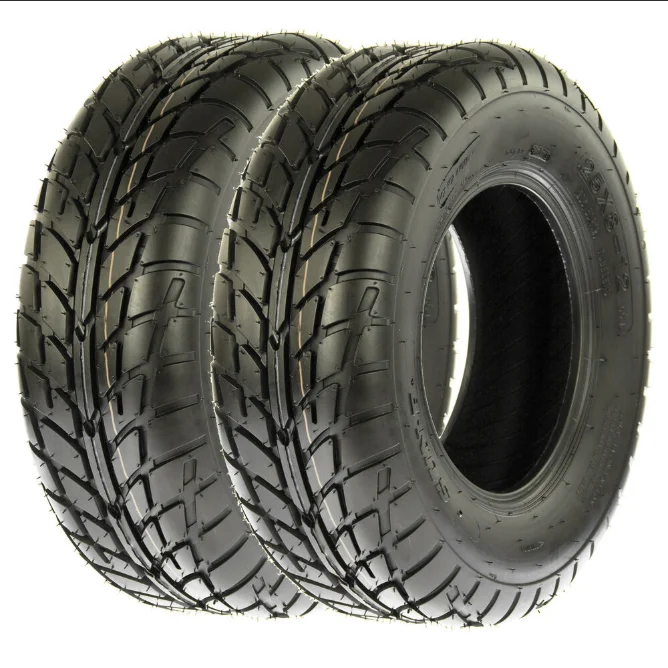 I’ve never had any issues skipping this step, as long as I clean properly after buffing the rubber.
I’ve never had any issues skipping this step, as long as I clean properly after buffing the rubber.
Use a drill with a tire buffer to buff up the rubber where you will be installing the patch. This step will smooth out the texture inside the tire and ensure proper adhesion between the patch and tire.
Go over a few passes in each direction until you get an even, coarse surface. Do not go too deep as you may damage the tire cords. Make sure the buffed area is slightly larger than the patch.
Do not go any deeper if the cords begin to appear like in this photo!If you don’t have a tire buffer tool, you can use a rubber file to do the job manually. While this method does take more time and elbow grease, the finished result should be just as good.
Grease or rubber shavings will reduce the effectiveness of the glue.

Apply tire glue (rubber cement) on the prepared area. Apply enough to cover the whole buffed area, and try to get some into the hole. About 4-5 pea-sized beads should do. Use a small brush to spread out the glue evenly. Allow the glue to air dry.
Make sure the rubber cement is spread out evenly.Carefully remove the plastic backing of the patch, making sure you don’t contaminate it with oil from your fingers.
Remove the plastic backing.You can apply some rubber cement to the probe as a lubricant, but it is not necessary if the hole is prepared correctly. Insert the probe through the hole until it appears on the outside of the tire.
Insert the patch metal probe into the hole.Gently pull on the metal probe with some pliers. Do not pull too hard, or the probe will come apart from the plug.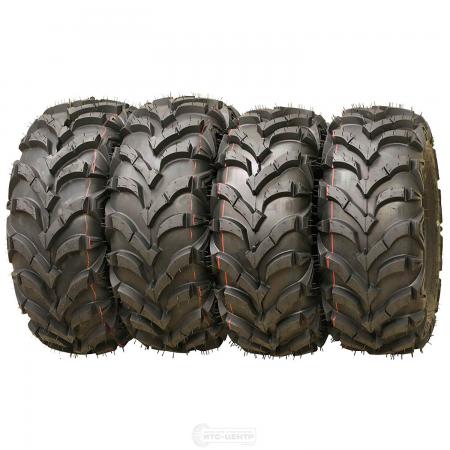 As soon as the rubber plug starts coming through, shift your grip and pull on the rubber instead of the probe. Keep pulling until the plug bottoms out.
As soon as the rubber plug starts coming through, shift your grip and pull on the rubber instead of the probe. Keep pulling until the plug bottoms out.
Take your tire patch roller and run it down over the patch flush several times in a criss-cross pattern. Make sure the edge of the patch seals properly to the tire. When you are done, the plastic coating should peel off relatively quickly.
Start in the center and work your way outwards. Shift directions 90 degrees from time to time until the plastic backing starts coming off and the patch is nice and flush with the tire.As a finishing touch, apply some rubber cement to seal the edges of the patch.
Seal the edges with rubber cement for a longer-lasting repair.Cut off the protruding rubber stem flush with the tire using a sharp knife or razor blade. Do not pull up on the plug; just cut it as it is.
Cut the plug flush with the tire.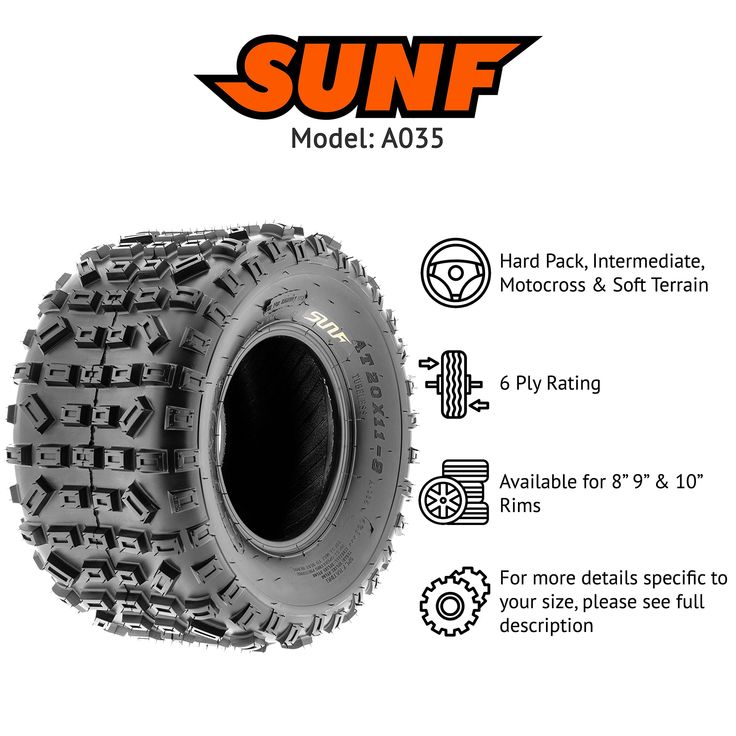
The tire is now properly patched!
This patch should stay in place during the remaining lifetime of your tire.If you don’t know how to install the tire back onto the rim, please refer to step 5 -11 in this post, where I go more into detail on how to change ATV tires at home.
While this process may seem a bit intimidating at first, you’ll learn that it’s actually not that bad after doing it a couple of times. It does require an initial investment of a few tools, but knowing how to properly patch your ATV- and Powersports tire at home will likely save you both time and money in the long run. Good luck and be safe!
As you may already know, patching can be an option for fixing a flat car tire or motorcycle tire. But does it work on ATV tires? After all, ATV tires are typically used in much rougher conditions when going off-road. Like with so many other problems you can stumble on as an ATV owner, no one answer fits all.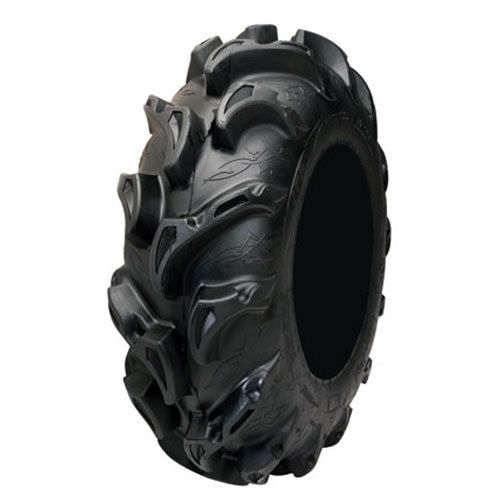
ATV tires can be patched, depending on the size, shape, and location of the puncture. Minor to medium holes in the threaded area of the tire can be patched using a traditional patch or preferably a plug patch. More extensive tears or sidewall damage cannot be permanently fixed, but temporary solutions are available for emergency repairs.
So how do you know whether your specific puncture can be patched? And when should you choose to patch over other alternatives such as a string plug, tire slime, and others? Here are some guidelines to follow.
Not all tire leaks and punctures are the same. This is important because the type of leak you face dictates the best method for fixing the leak.
Just as there are different types of tire leaks, there are various ways of fixing them. Not all holes can be patched; other methods may be better suitable.
There is also a difference between repairing a car tire and a slow-speed, such as an ATV tire.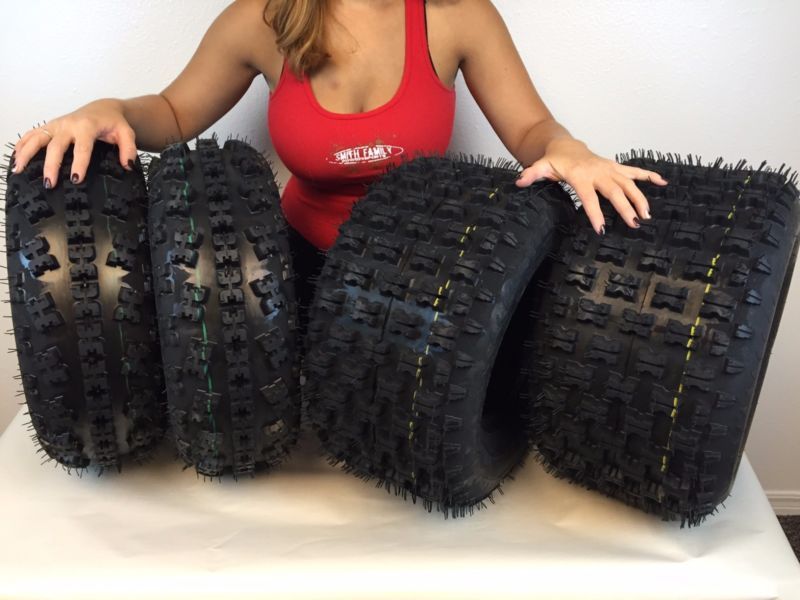 For car tires, you are only allowed to repair a tire if:
For car tires, you are only allowed to repair a tire if:
ATV tires for off-road use are not subject to the same regulations, but they still make for good guidelines, especially if you do a lot of high-speed trail riding or racing.
The sidewalls are the weakest part of any tire. Because the sidewalls of a low-pressure tire need to be flexible, they have less rubber and lack some of the steel or nylon enforcement used in the threaded area for puncture resistance.
The flexible nature of the low-pressure tire sidewalls makes them more prone to tears and harder to repair. While you might be able to patch a tear in the sidewall, it may not last too long, especially if you run the tire at low pressure.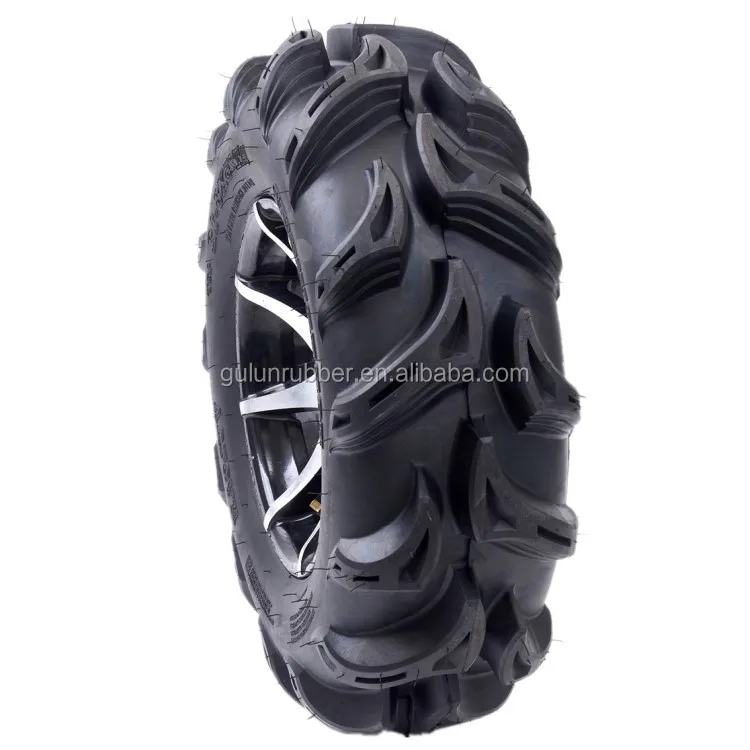 As soon as you go over a rock, the sidewall will flex, making the patch the weakest link.
As soon as you go over a rock, the sidewall will flex, making the patch the weakest link.
There is no proper way of permanently repairing a sidewall tear or puncture. However, there are a few aftermarket options to consider that will get you by if you’re in a pinch.
Note that products such as sidewall repair kits or sidewall slugs are not meant as permanent repairs but simply emergency repairs until you can replace the tire. They are only for slow-speed, off-road use and should never be used on high-speed or on-road tires.
There is no safe or legal way of repairing the sidewall of an on-road tire. Your only option is to replace the tire with a new one. If your other tires are worn, you may need to replace them as well to prevent driveline wear or damage, especially if you ride a lot on paved roads.
Your typical minor puncture happens from running over a nail, a piece of wire, or any other small and sharp metal object.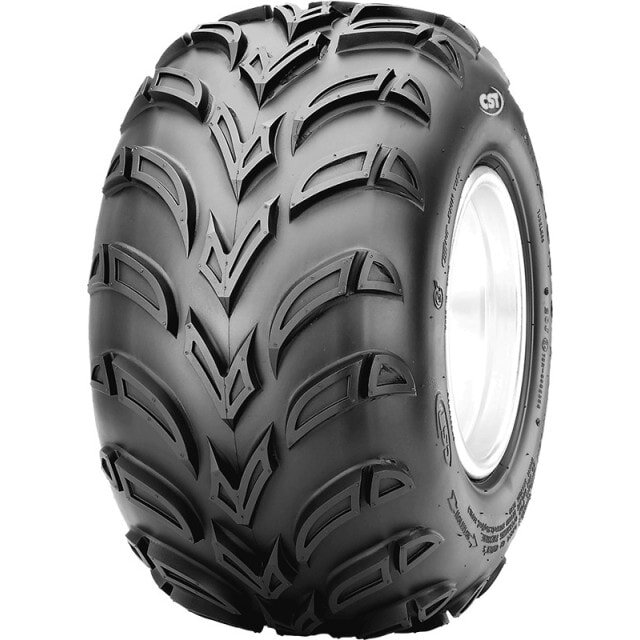 The air may leak out over a few hours or a few days if the protruding object is still stuck in the tire.
The air may leak out over a few hours or a few days if the protruding object is still stuck in the tire.
These punctures are typically easy to fix, both temporarily out on the trail or permanently when you get back home to your garage or a tire shop.
Most small punctures up to ¼ inch in diameter in the threaded area of a tire can be permanently repaired from the inside using a plug patch. However, the angle of the puncture should be at least 45 degrees or more to the tire.
Patching from the inside is the recommended method for fixing smaller punctures, and it’s the only one that is considered by the industry as a permanent repair if done correctly. An inside patch plug will more than likely outlast the remaining lifetime of your ATV tire.
Related: How to patch an ATV tire – Illustrated Guide
If you’re out on the trail or just looking for a quick fix, you can fix most small punctures using what is commonly referred to as a string plug kit or rope plug kit—more on the pros and cons of string plugs vs.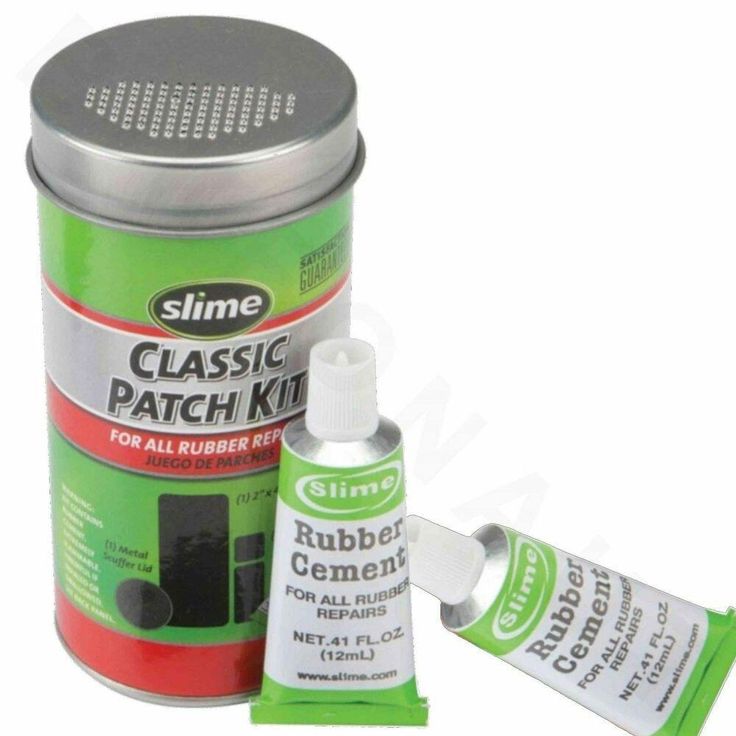 patches further down in this post.
patches further down in this post.
Other alternatives include Tire Slime, which injects the tire with a slimy substance that covers and seals small leaks. While this method is effective on most small leaks, it leaves a mess inside the tire and may bring it out of balance if not installed correctly.
Next, you have the slightly more severe punctures from hitting a dry branch, a piece of rebar, or something in that category. The hole is typically between ¼ of an inch to ½ inch in diameter.
This type of puncture will cause your tire to deflate in seconds and may or may not be so easy to repair.
As long as the puncture has a round shape and is not larger than the diameter of your thumb, you will likely have a good chance of fixing it using a tire patch. However, it is not recommended to patch a hole bigger than ¼ inch in diameter for on-road or high-speed use.
Any puncture larger than a small screw or nail should be patched for a proper seal. While a sting plug may be able to seal the leak enough to bring you home, it needs to be replaced with an appropriate patch plug as soon as possible.
While a sting plug may be able to seal the leak enough to bring you home, it needs to be replaced with an appropriate patch plug as soon as possible.
With large punctures, we refer to holes bigger than the diameter of your thumb. This type of damage typically happens from tearing or slicing rather than a clean poke-through.
Tears or slices typically occur when spinning the tire on a sharp rock, dry branch, or a pointy or sharp metal object.
Most tire manufacturers don’t recommend patching larger punctures or tears because of the permanent damage to the tire’s inner structure that cannot be repaired with a patch.
Before discarding your torn or severely punctured ATV tire, consider looking into products such as Glue Tread External patch kit (link to Amazon).
Leaks around the rim’s bead are commonly caused by corrosion, debris, or a damaged rim. This type of leak typically drains the tire slowly over several hours or even days.
This type of leak typically drains the tire slowly over several hours or even days.
Products such as tire slime or similar work in many cases but will leave a mess when it’s time to replace the tire.
Check this post to learn more about properly fixing this type of leak.
String plugs or any other style of tire plug where the plug is installed from the outside are only recommended as emergency repairs to get your ATV back home or to the nearest tire shop.
While string plugs are not intended as a permanent repair, a properly placed plug will likely last the tire’s lifetime. This type of repair can be sufficient for off-road or at slower speeds.
For on-road or high-speed use, it’s always recommended to replace the string plug with a permanent patch as soon as you get the chance.
As speed increases, the rubber in the tire expands, increasing the chance of the plug coming out of the tire.
Traditional patching is when a rubber patch is glued to the inside of a tire using rubber cement.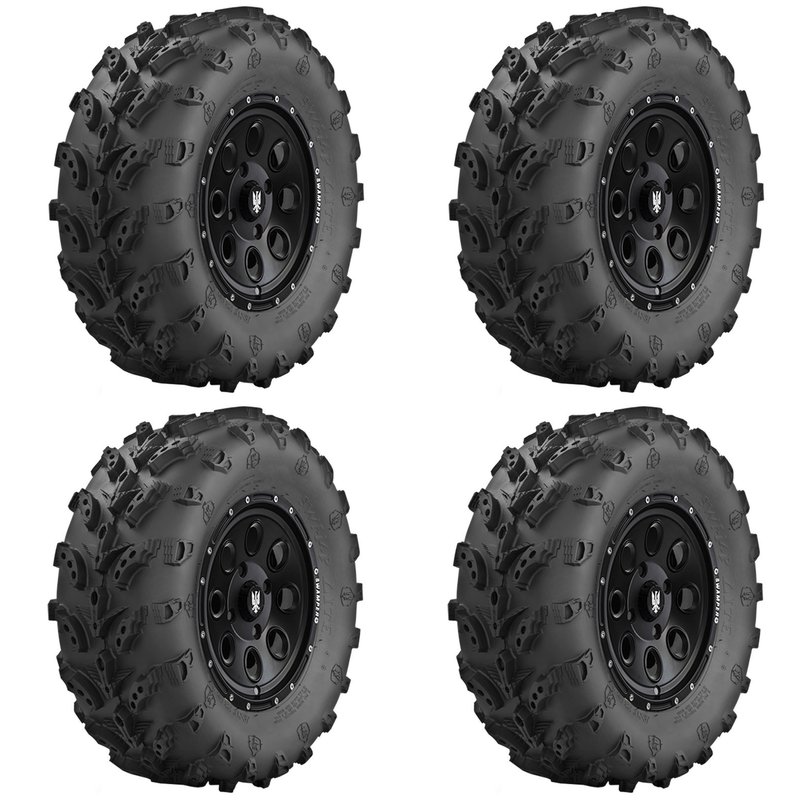 While traditional patches are more reliable than a tire plug, they are not considered safe for on-road or high-speed use. They may, however, work well with slow-speed off-road tires, such as most ATV tires.
While traditional patches are more reliable than a tire plug, they are not considered safe for on-road or high-speed use. They may, however, work well with slow-speed off-road tires, such as most ATV tires.
When used at a higher speed, the problem with traditional patches is that the glue that keeps the patch in place will lose some of its bonding power as the tire heats up, and the patch may come off.
Plug patches combine the benefits of traditional patches and tire plugs in one product. The glued-down patch keeps the plug from detaching from the tire, and the plug helps the patch stay secure to the tire.
August 31, 2017
The ATV is a great technique, but every ATV rider must know the simplest steps to repair his "beast". These activities include tire puncture repair .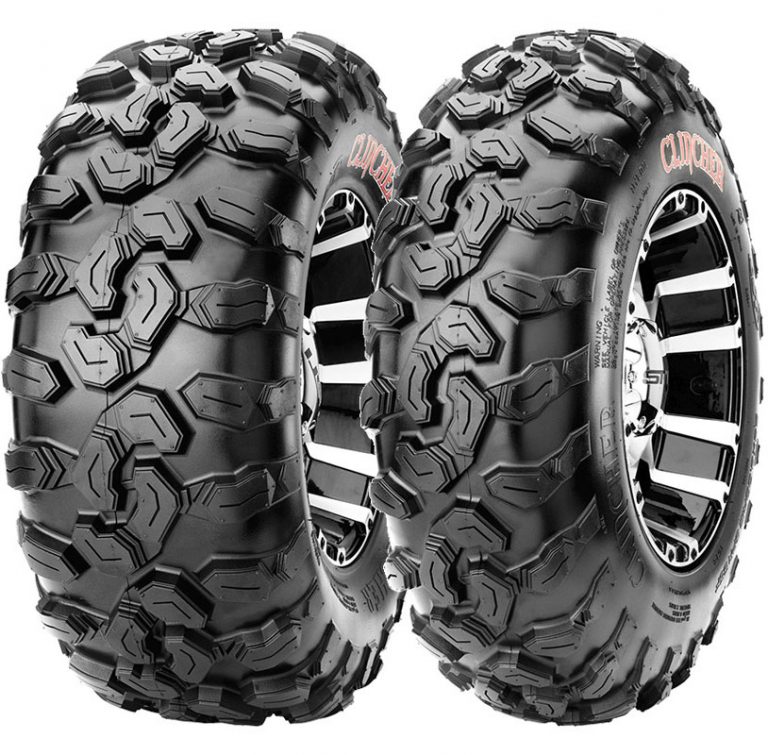
ATV tires are different from car tires. Low pressure quad tires , which increases the chance to puncture or cut the tire. Every ATV rider should have a puncture repair kit. ATV punctures are the norm rather than an emergency. And without tire repair experience, riding an ATV is very difficult.
When you notice leaks, you need to stop and start looking for a puncture. It is most convenient to look for a puncture by first removing the wheel, but the first stage can be carried out by dismantling the wheel.
If you are unable to locate the puncture, then remove the wheel and lower it into water, such as a puddle, lake, river.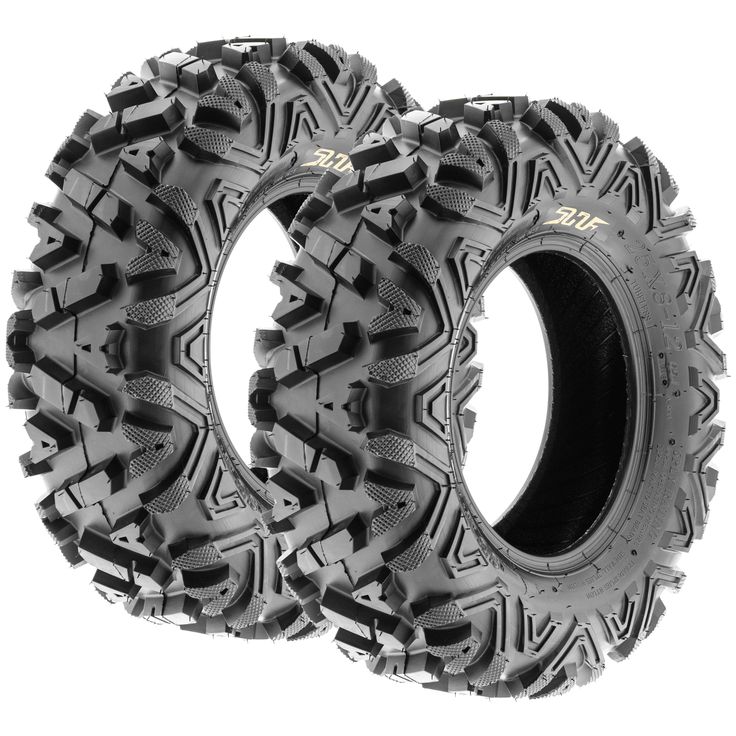 If the wheel is already heavily deflated, and the air is no longer coming out, then you need to pump it up and perform the described actions.
If the wheel is already heavily deflated, and the air is no longer coming out, then you need to pump it up and perform the described actions.
In the water you will immediately understand where exactly the air comes from
We take the wheel out of the water. Now you need a reamer, the tool helps to make the puncture surface rough on the rubber. This helps ensure a better bond between the adhesive and the rubber. We act like a file, only the effect is the opposite.
We take a tool to install the patch. This stage is the most responsible.
We thread the tourniquet into the tool, it is desirable to thread it so that the patch has the same tips. We cover the patch with special glue. After that, we insert all this into the puncture site. insert into the tire halfway.
Now you need to quickly pull the tool out of the hole, but do not pull the patch with you. We install so many patches until the air stops coming out.
But before pumping, you need to let the glue dry a little.
After that, inflate the wheel, and when you are sure that the air is no longer escaping, but it is necessary to cut off the patch, leaving 3 millimeters of flagella so that the patch does not pop out while driving.
In the next article, we will analyze what to do with a tire side cut.
ATVs are renowned for their stability and reliability, yet even the highest quality models, including Stels ATVs, can fail. Of course, only a master can deal with serious breakdowns, but you can do something with your own hands, and some breakdowns will have to be repaired on your own, including punctured tires. This is one of the most common problems that ATV riders face, and it's not surprising, especially given that ATVs move on such surfaces, where there is no need to talk about safety. That is why you need to be ready in case of trouble to solve the problem. The main thing, as in many ways, is not to panic, so if you hear a suspicious hiss, don't be scared, but take out the first aid kit of your ATV.
The main thing, as in many ways, is not to panic, so if you hear a suspicious hiss, don't be scared, but take out the first aid kit of your ATV.
I must say right away that it is better to replace a damaged tire, but this is not always possible and can be done on the spot, and minor repairs will allow you to finish the trip and return home on your fours. In fact, there is nothing complicated about this, and it is quite possible to repair holes up to 5 centimeters in diameter, the rest are usually associated with damage to the device itself, so there is no need to talk about the end of the trip.
In order for the test not to take you by surprise, you need to prepare in advance and always have a few basic things with you. Designate storage space on your ATV ahead of time and remember to refill as you use it. Often in repairs, the main problem is precisely the need to get out of the ground what you forgot to take with you from home. So, here is a list of what will make you feel confident on any road - a repair kit, it includes a reamer - an expander and a special tool for installing patches.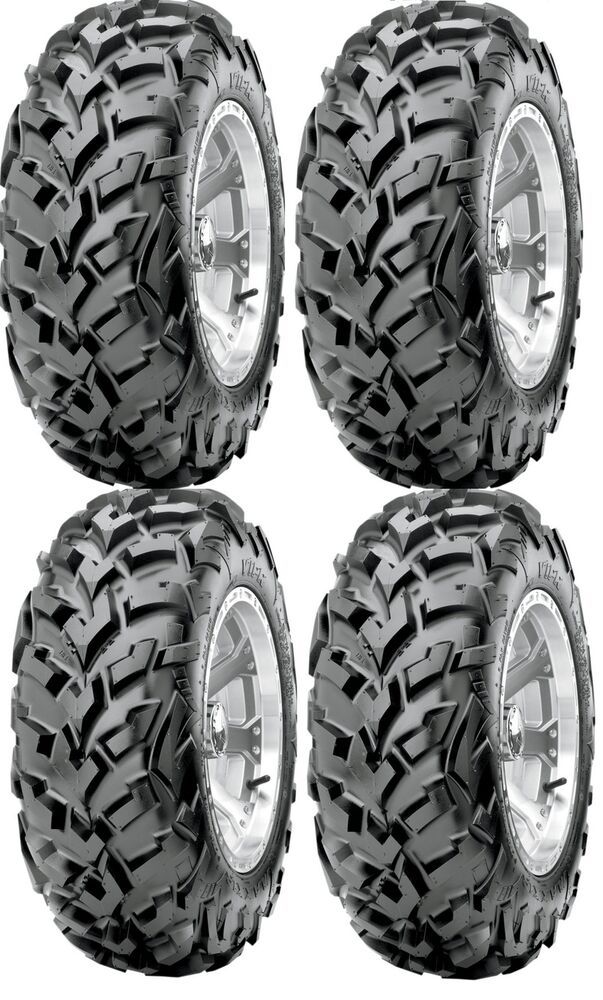
Patches, this is exactly what ends quickly and that you need to constantly buy more, the rest of the materials are not consumables or you can do without them. Patches come in different shapes, for example, I prefer long ones, the main thing is their good stickiness.
Pump. After the “treatment”, the tire will have to be pumped up and you cannot do without a pump. Here the choice is yours, manual or electric, as for me, the simpler the better, folding pumps are still good, they take up less space in the trunk, although it's more about your personal preferences and the possibilities of your wallet.
Rubber adhesive. In principle, there is usually enough sticky layer on the patches, but just in case I carry it in the trunk too, the whole gluing process is greatly simplified. A pressure gauge is a device for measuring tire pressure, if you bought an ATV in a store, it usually comes with an ATV.
If you notice an air leak, start by looking for a hole in the tire, if the tire is already deflated and the air is coming out weakly, inflate the tire and find where the air comes out. It is usually quite easy to find a hole if it is caused by a foreign object - a nail or a branch. If you don't see the hole, spin the tire on the wheel and listen for exactly where the hiss of the escaping air is heard. In the most extreme case, put the tire in water - a puddle or lake - and you will be able to see the air bubbles escaping. Remember that air can escape not only through a hole in the tire, but also through the junctions of the tire parts or the tire and the valve.
It is usually quite easy to find a hole if it is caused by a foreign object - a nail or a branch. If you don't see the hole, spin the tire on the wheel and listen for exactly where the hiss of the escaping air is heard. In the most extreme case, put the tire in water - a puddle or lake - and you will be able to see the air bubbles escaping. Remember that air can escape not only through a hole in the tire, but also through the junctions of the tire parts or the tire and the valve.
Once you find the hole, work the edges of the hole with a reamer, making the surface rough, after that the patch will better adhere to the rubber. Take a patch tool and thread the patch into it, if there is glue, smear it with a little glue and insert it into the tire halfway. The next moment is very important - you need to quickly pull the tool out of the hole, but do not pull the patch with you. If you are doing this for the first time, you may need to practice - I told you that patches run out quickly.